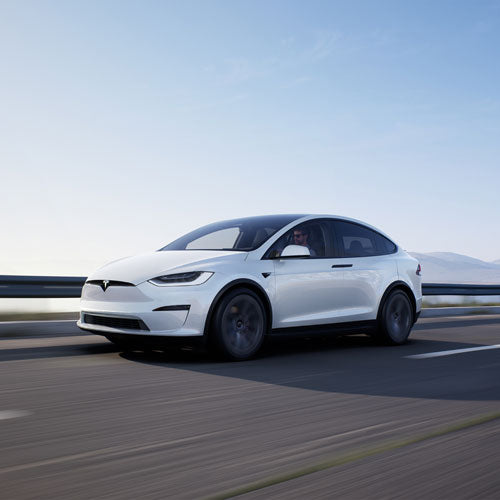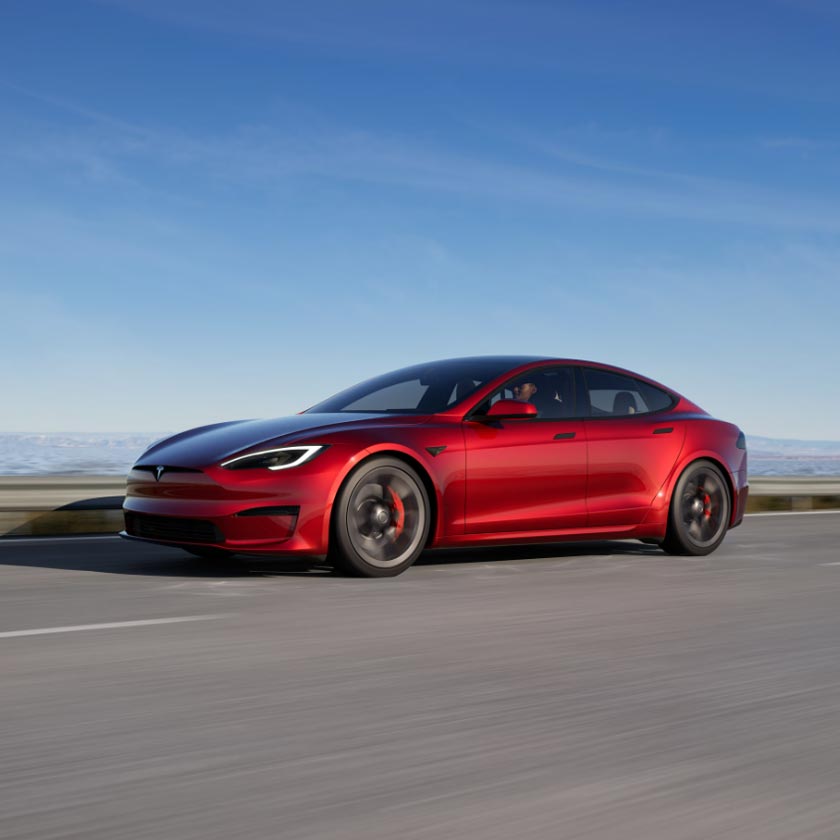With more than 1 in 5 people now in lock-down worldwide, including strict regimes in the vast majority of major metropolitan areas, the world has finally been given the opportunity to assess the effects of the reduction of human activity on the global environment.
Satellite imagery from around the world shows dramatically reduced levels of nitrogen dioxide (NO2) in areas where a lock-down has been in place. Some of the most significant data is coming out of Spain, that went into nationwide lockdown on Saturday 14th March 2020.
Studies carried out by teams at the Universitat Politècnica de València (UPV) have shown the concentration levels of nitrogen dioxide have reduced by 64% across Spain, with the most remarkable results in Barcelona, which has seen an 83% reduction.
Elena Sánchez-García, a researcher at UPV, said “Our study shows how the confinement measures and reduction of economic activity have translated into a clear decrease in air pollution throughout the country.” In relation specifically to NO2, she added, “High concentrations of this gas can affect the respiratory system and aggravate certain medical conditions.”
According to the American Lung Associate, NO2 leads to increased inflammation of the airways, reduced lung function, coughing and wheezing, and a greater likelihood of emergency department and hospital admissions. Recent studies have also found evidence that NO2 can directly lead to the development of Asthma in children and represents an increased risk to lung cancer patients.
In 2012, the World Health Organisation (WHO) released data attributing “an estimated 4.2 million premature deaths” to air pollution, stating, “higher urban air pollution concentrations increase the risk for cardiovascular and respiratory disease, cancer and adverse birth outcomes, and also are associated with higher death rates”. In October 2018 the WHO published that “one third of deaths from stroke, lung cancer and heart disease are due to air pollution”.
The contribution of transport in terms of air pollution in different areas across the globe varies widely from 12-70% of the total pollution mix, but when we look at NO2 in urban air, the majority of this comes from motorised vehicles.
For the first time in history we have been able test the theory and see the real world effects of reducing our reliance on the internal combustion engine and fossil fuel use. As the data grows, so do the lobbying efforts from the motor and fossil fuel industries, bent on taking advantage of all this pandemic.
According to InfluenceMap, a non-profit UK Think-tank, since the outbreak of COVID-19 there has been a stark increase in lobbying in an attempt to support particular industries and reverse government policy to fight climate change.
“The oil and gas sector appears to be the most active globally… demanding both financial support and deregulation in response to the COVID-19 crisis”.
Since 2015, InfluenceMap have found major autos groups including GM, BMW and Toyota, to have been the most powerful lobbying forces against proposed legislation intended to help achieve The Paris Agreement’s targets to limit global temperature rise to 1.5 °C.
In 2017, BMW CEO Harald Krueger stated the targets were “very, very ambitious”, with Klaus Froehlich, Head of Research and Development, recently claiming that BMW intend to continue to produce fossil fuel powered engines for the next 30 years.
Growing consumer demands for ‘greener’ alternatives paint a different picture, with fossil fuel vehicles sales falling 4.7% in 2019, whilst electric vehicle market share continues to increase. Tesla, the world’s leading manufacturer of electric cars, saw sales increase 50% from 2018 to 2019.
In a survey carried out by Venson Automotive Solutions, 45% of people said that the improvements in air quality as a result of COVID-19 mitigation efforts have made them “reconsider their electric vehicle ownership plans”, with 26% claiming they “intend to become an electric vehicle driver in the next 5 years”.
In 2019 2.2 million electric vehicles were sold, just 1 out of every 40 vehicles sold worldwide. During early 2020, however, as overall car sales plummeted as much as 35% for some manufacturers, electric vehicles saw a 16% year on year increase in February, with a 2% increase expected for March.
Article provided by our good friend Sam, please follow his Twitter account: @SamtalksTesla
Images credit: European Space Agency





